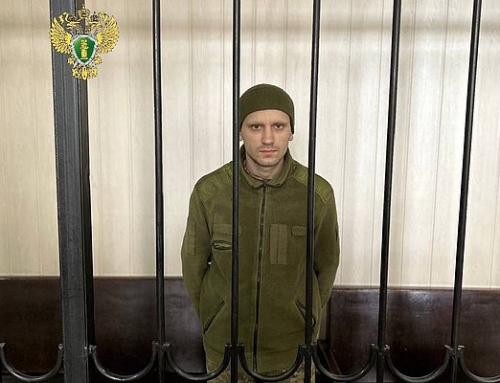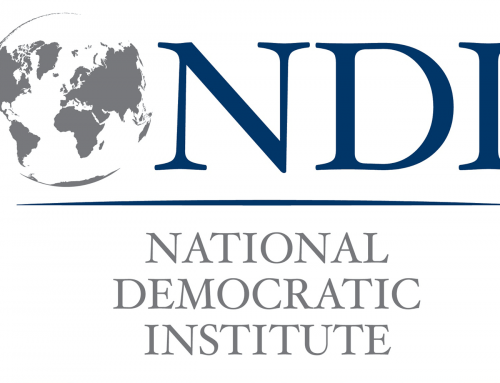TBILISI, DFWatch – Four years after the war between Russia and Georgia, which led to hundreds of deaths, occupation of Georgian lands and Russia’s recognition of two separatist regions, flags are lowered on all government buildings.
Davit Bakradze, Speaker of Parliament attended a flag lowering ceremony together with MPs today. They commemorated the victims of the war. He visited the check point at Ergneti, which is near the city Tskhinvali, where the 2008 war took place.
President Mikheil Saakashvili was accompanied by Defense Minister Dimitry Shashkin at the funeral of Gela Tigishvili in Kaspi, a soldier who died in the war four years ago whose remains were recently identified. Senior Sergeant Gela Tigishvili was considered missing until now, but he was finally identified by DNA analysis. Sergeant Zurab Turashvili was also identified by use of DNA. He was buried a few days ago.
The war started on August 7, 2008, between the Georgian army and Ossetian separatists reinforced by Russian soldiers. Russia entered the war on August 8. Georgia claimed that Russia had taken in its troops and armored vehicles before.
Russia started air bombing of Georgia’s other regions. Russian and breakaway South Ossietia’s united military units fought against Georgians for three days. Russian ships blocked Georgia’s Black Sea coast. On August 9 Russian and Abkhazian forces opened second front on Kodori Valley by attack and broke into Georgia’s internal territories. Five days later Georgian army left Tskhinvali and Abkhazian regions.
By the mediation of Nicolas Sarkozy, President of France conflict parties achieved ceasefire agreement on August 12. Georgia signed it on August 15, while Russia signed it on August 16.
August 12 Dimitry Medvedev, president of Russia then gave order to stop fire, but bombing of Georgia’s populated areas and actions of Russian army didn’t stop.
After signing agreement Russia took away troops for western Georgia (Samegrelo region) and from Shida Kartli region. Buffer zones were set up near borders of Abkhazia and breakaway South Ossetia, they also left surveillance points in three populated areas – Poti, Senaki and Perevi. August 26 Russia recognized so-called South Ossetia and Abkhazia as independent states.
Georgia lost outposts located in separatist region populated by Georgians. Those were outposts which Georgia controlled after conflict in 90s – almost for two decades. Those were Kodori Valley in Abkhazia and Akhalgori region in Tskhinvali region.
After, international community first used term ‘occupation’ officially in regards of Russian actions. Hilary Clinton, USA Secretary of the State was first to use this term in 2010. Council of Europe adopted first official document, where the term was observed.
‘Occupation’ and ‘ethnic cleansing’ were written in resolution adopted by NATO Parliamentary Assembly in November, 2010. In March of 2011 term occupation was once more observed in document adopted by the Council of Europe and Georgia’s Parliamentary cooperation.
In November 2011, the term ‘occupation’ was for the first time used in an official Council of Europe document, in a resolution about Georgia.
In November 2011, the Council of Europe passed a resolution regarding Georgia, in which they call for EU countries to recognize Abkhazia and South Ossetia as ‘occupied territories.’27 countries which are members of the Council of Europe and the EU adopted a five-point document about the Russia-Georgian war in connection with a report by the Council of Europe’s Secretary General. In this resolution, the term ‘occupation’ is used.






Leave A Comment
You must be logged in to post a comment.